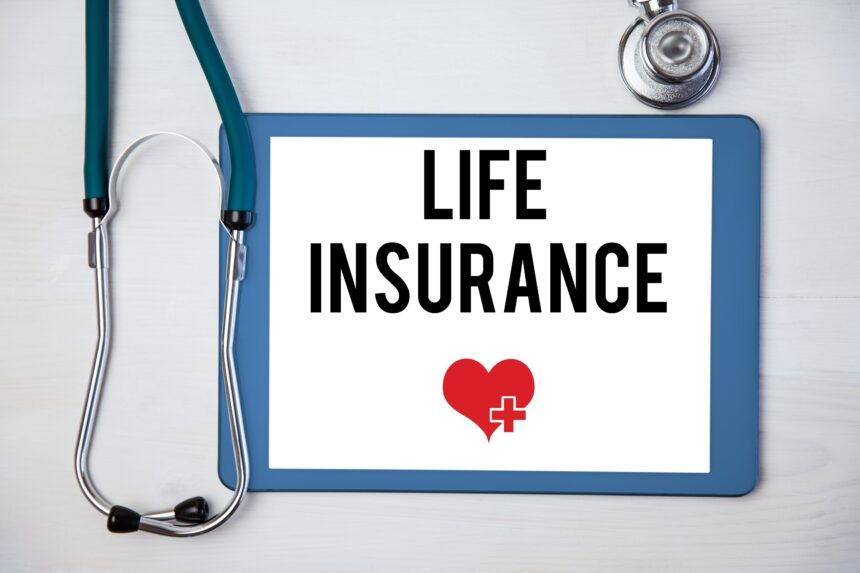High-stress occupations can come with unique challenges and risks that may affect the availability and cost of life insurance coverage. These occupations typically involve high levels of physical or mental demands, increased exposure to hazards, or greater potential for accidents or health issues. If you work in a high-stress occupation, it’s important to understand the specific considerations that can impact your life insurance coverage. Here are some key factors to keep in mind:
- Occupational Hazard Assessment: Insurance companies assess the level of risk associated with different occupations when underwriting policies. High-stress occupations may be classified as higher risk due to the potential for accidents, injuries, or health complications. Before applying for life insurance, research insurance providers who have experience working with individuals in your specific occupation. These companies will have a better understanding of the risks involved and may offer more tailored coverage options.
- Underwriting Process: When applying for life insurance, be prepared to provide detailed information about your occupation, including job responsibilities, safety protocols, and any relevant certifications or training you have received. Insurance underwriters will evaluate your occupational risks and assess how they may impact your insurability and premium rates.
- Occupational Health and Safety: Demonstrating a commitment to occupational health and safety can positively impact your life insurance coverage. Provide information about safety measures, protocols, and training programs that you and your employer follow to mitigate the risks associated with your occupation. This can showcase your responsibility and dedication to minimizing workplace hazards, which may be viewed favorably by insurance underwriters.
- Health and Wellness: Maintaining good physical and mental health is crucial for individuals in high-stress occupations. Insurance companies consider your overall health when determining your insurability and premium rates. Engage in regular exercise, eat a balanced diet, manage stress effectively, and seek appropriate medical care to maintain optimal health. Demonstrating healthy lifestyle choices can improve your chances of obtaining life insurance coverage at better rates.
- Occupational Exclusions and Riders: Some insurance policies may have exclusions or limitations related to specific occupational risks. For example, coverage for death resulting from certain hazardous activities or accidents may be limited or excluded. Review policy terms and conditions carefully to understand any exclusions or limitations specific to your occupation. Additionally, consider adding riders to your policy that provide additional coverage for occupational risks or disability-related incidents.
- Disability Insurance: In high-stress occupations, the risk of disability due to accidents or injuries may be higher. Alongside life insurance, consider obtaining disability insurance to protect your income in the event you are unable to work due to a disability. Disability insurance can provide financial support during your recovery and ensure that you can continue to meet your financial obligations.
- Professional Advice: Working with an insurance specialist or financial advisor who understands the unique challenges of high-stress occupations can be beneficial. They can help you navigate the complexities of life insurance, assess your specific situation, and recommend the most suitable coverage options. An insurance specialist can guide you toward insurance providers who are more likely to offer coverage for individuals in high-stress occupations and help you understand the terms and conditions of your policy.
- Premium Considerations: Insurance premiums for individuals in high-stress occupations may be higher compared to individuals in lower-risk occupations. The increased risk associated with your occupation can impact the cost of coverage. However, the specific premium amount will depend on various factors, including your overall health, age, coverage amount, and the underwriting guidelines of the insurance company. Shop around, compare quotes from multiple providers, and consider the value of the coverage provided relative to the premiums you are being quoted.
- Stress Management and Work-Life Balance: While not directly related to life insurance, prioritizing stress management and maintaining a healthy work-life balance can have a positive impact on your overall well-being. Effective stress management strategies can reduce the risk of health issues and improve your insurability and premium rates.
It’s important to be aware that each insurance company has its own underwriting guidelines, and their approach to high-stress occupations may vary. By understanding the specific considerations for individuals in high-stress occupations, taking steps to maintain good health, seeking professional advice, and considering disability insurance, you can navigate the life insurance landscape and find coverage that provides financial security for you and your loved ones.










